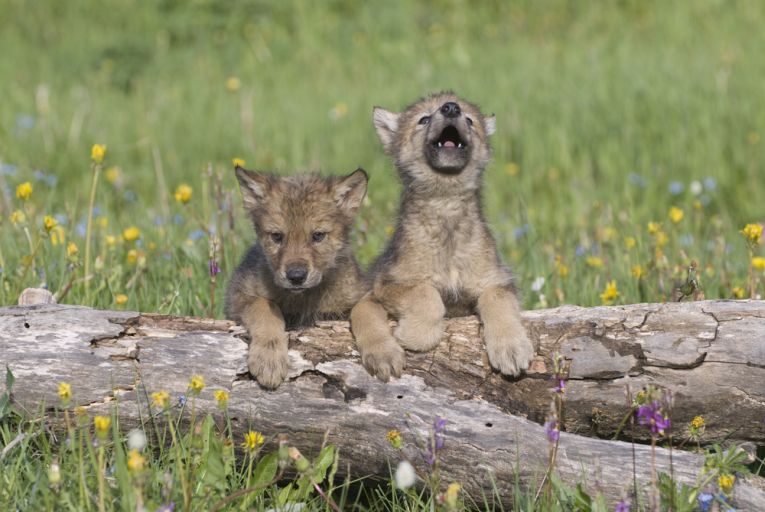,
Now sit down carefully and I'll tell you a wonderful story, old and yet fresh in the folk memories, of untold generations, throughout the length and breadth of the land.
Evolution is a system you can trace in the manufacture of cars or even household appliances, but the University of Durham, UK, has an intrepid explorer of the faerie world. Jamshid J. Tehrani wrote this paper on, "The Phylogeny of Little Red Riding Hood," in PLoS ONE.
Oral tradition among the Irish, as well as in Oceania,Africa and in every other unexplored tribal tradition has always fascinated researchers. Despite the fluid nature of tradition and those who propagate it, we can use the genetic tools of Bayesian inference and others to probe these stories and their meaning.
58 folktales use the "Little Red Riding Hood" story (known as ATU 333) which we know well from Jacob and Wilhelm Grimm's fairy tales, published 200 years ago. Europe, Africa and Asia are the major source of this tale and a relative, "The Wolf and the Kids" (ATU123.) With correct analysis, it is possible to separate the history of these two strands of history, although they hybridise in Asian stories. The psychology, sociology and ecology of human cultures is uncovered by the research. There is even a possibility,in the research maps, that the Silk Road provided a useable transport system for oral tradition.
One of the main problems with new research is the western system that is imposed with the ATU system. Unable to fit new motifs or themes into the established system, some tales are classified within two or three types. A better approach is to theorise that these stories clearly change with time, by modifications from an ancestral fable. The advantage of this approach is that it's naturally unbiased and takes into account any useful or novel features.
Overall, oral tradition is tested to the max here and comes out as a robust cultural tool. Sorry, I'll get back to the story! Charles Perrault published our tale in 17th century France. Rural France, Austria and northern Italy hosted the story for centuries before this. Only the red hood and nickname are absent in some o these older stories. Instead, the heroine is Cattarinella, and auntie or uncle are the villainous wolf. She sometimes replaces the cakes for her older relative with donkey dung! Stranger than other fictions, sometimes she survives and sometimes she is eaten! An 11th century version has the inventive red-hooded girl escaping from a real wolf by taming her cubs.
In the inventive Far East, the tiger grandmother replaces the wolf. A youngest child is eaten, but the remaining sibling children can then trick the tiger. The Korean and Myanmar stories resemble each other most closely in this fable. African fables (and one in Antigua) record a terrible ogre whose stomach-dissection enables the release of a girl in the same way as her escape from the wolf in Europe (Grimm's 19th century version.) That leaves a strong possibility that the stories are not related, they may be simply close to familiar ideas found in most culture.
In the Middle East and Europe, The Wolf and the Kids story is more similar, involving a nanny goat and her kids. The ancient Aesop used this in his fables, but his kids survive. The original seems to favour their being eaten alive! The Indian version of the story involves sparrows and crows eating their hatchlings. These fables, in total, provide 72 plot variables, many of which I've tried to mention here. That creates 5740 evolutionary trees and, as in genetics, the best fit was found. The Indian tale seems to be near the ancestral type, with 2 lineages then leading to Aesop and the, "Wolf and the Kids," story.
The African group relate to this same story, then the more recent European fables descend from other sources, possibly even involving the Far Eastern tiger stories. As tiger stories appear to be relatively recent in origin, it is the chronology that may be "lying to us." With a new approach to such linguistic and cultural evolution, we could uncover even more interesting material on the passing of information in the past.
The recovery of many more Far Eastern tales will help to avoid the inevitable conclusion that two totally separate threads of culture occur with these fables. The linking of Europe and Asia in the 1st century would be a delightful possibility that even these new techniques cannot solve.
Now tuck yourself up in bed and I'll tell you all about a wolf who reared a pair of human cubs in Italy!










